Change was on the cards after St Kilda shed its blue shorts and adopted the iconic red, white and black.
But the new decade began exactly like the last.
The Saints collected their ninth wooden spoon following a one-win season, with a shock upset against top-of-the-table Carlton in the final round of the year narrowly avoiding a fifth winless season.
It was the spark the club needed to move into the upper echelons of the ladder. After a steady climb over the next two seasons, the Saints found themselves on the precipice of ultimate glory when they reached their first Grand Final in 1913.
The Saints had knocked off Fitzroy in the preliminary final the week before, but the Roys had a right to challenge – as per league rules at the time – as they had finished on top of the ladder that season. Fitzroy ultimately proved too strong for St Kilda in the Grand Final, despite a spirited fightback from the Saints in the final quarter which drew the margin back to two goals.
But the heartbreak of Grand Final defeat was quickly overshadowed by the outbreak of World War I in 1914. Fourteen Saints were killed in action during the bloody war, which claimed the lives of almost 40 million people.
The club entered a period of recession during 1916 and 1917, but not before changing their official colours to red, yellow and black to disassociate themselves from the colours of the German Empire. It was also a sign of solidarity for Allied Force, Belgium, who stood with Australia and had several current and former St Kilda players fighting in their country.
Returning to the league in 1918, the Saints proved a more competitive outfit, but once again fell short of the ultimate glory, this time to Collingwood in the semi-finals. 1919 marked a low point in the club’s history, with a divided St Kilda line-up obliterated by South Melbourne in a 17.4 (106) final quarter.
Several players are said to have walked off the field midway through the onslaught.
But through the highs and the lows, more St Kilda legends emerged. Wels Eicke championed the red, white and black and claimed the club’s inaugural best-and-fairest award in 1914, before adding another two to his name in 1915 and 1919.
Vic Cumberland continued to dominate, evergreen full-back Harry Lever starred week after week, while Roy Cazaly earned a name for himself as one of the game’s great flyers.

